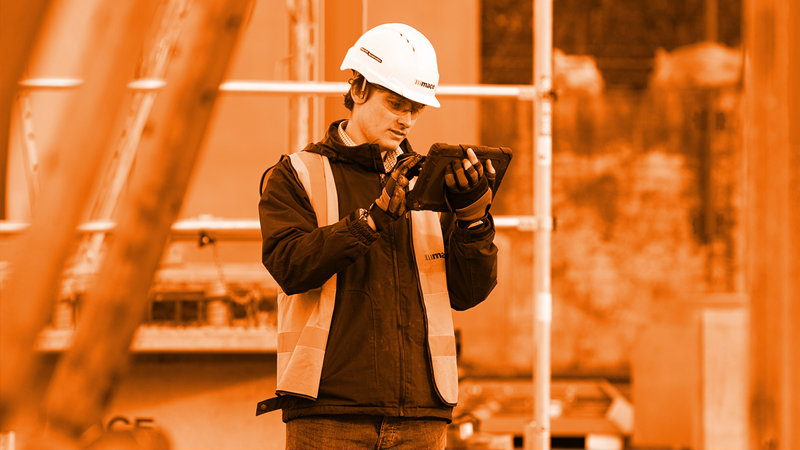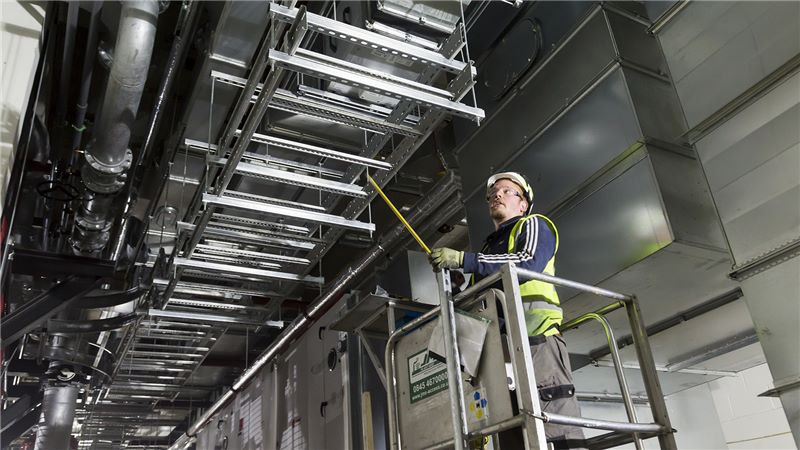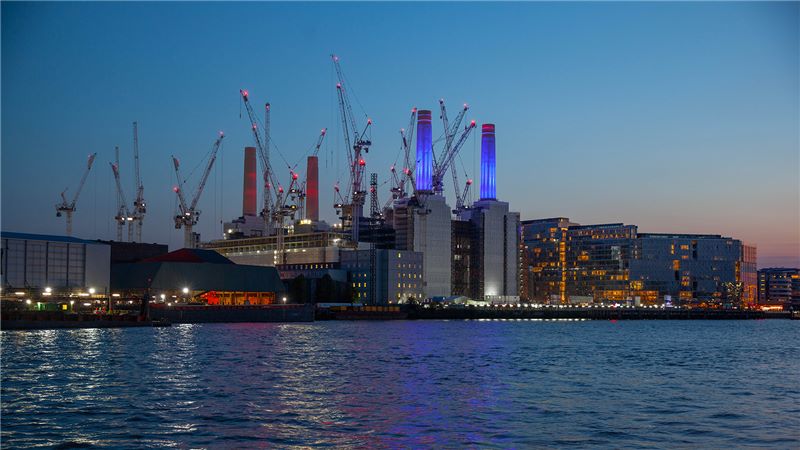Five digital construction trends for 2020
One of the mistakes people make when talking about the digital construction revolution is acting as though it is just over the horizon.
Anyone working in the construction sector in 2019 can tell you that the tools, processes and policies of digital construction have already transformed how we design, build and operate buildings and infrastructure.
The industry can seem so intent on discussing how digital construction ‘will’ change construction, that we often miss how much it already has.
At Mace this stuff is no longer a ‘nice to have’ – it’s embedded across our business: from our design teams using generative tools to speed up the delivery of design for major Government clients, to our site teams using digital tools such as Disperse to precisely measure the actual delivery of construction on complex and challenging sites across London.
In 2020, this progress will continue at pace, and there are a number of key trends and developments that will shape how our industry continues to adapt to the new digital reality:
1. The continued rise of artificial intelligence
You may not have realised it, but artificial intelligence is already here in the construction sector. From start-ups to main contractors, companies across the sector are using it for a whole host of different reasons.
Whether that’s selecting the floor layout of a school or designing the MEP systems of a new office development, ‘optioneering’ like this will transform how quickly we can solve problems and take more informed decisions. This will allow us to recognise patterns and predict outcomes, enabling a much more holistic approach to the entire asset life cycle.
In 2020 we’re likely to see the use of AI applications expand rapidly – we’re a great ‘use case’ for new AI development as the rules of construction are increasingly code-based, and the benefits are now impossible to ignore for clients and contractors alike.
In turn, this will reveal the importance of having good quality data that you can trust. As an industry, we must remember to make sure we get the basics right in the first place – good data collection and maintenance is key.
2. A focus on the ethical and secure use of data
With the rise of increased use of data across the built environment and a more mature approach to digital should come a broader conversation on the ethics of how we manage and secure the data we generate or receive.
In the operational space, companies have access to more sensor data and information than ever before. In some cases, it allows them to track precisely how their residents and employees use the buildings they run on their behalf.
Although this provides huge benefits in how we could operate and manage buildings and infrastructure in the future – particularly in terms of sustainability – it also opens up some big risks.
I hope that 2020 sees the start of a deeper discussion about how we ensure that data is used in a way that doesn’t undermine the privacy and autonomy of our end-users. This conversation is already underway in other sectors, and construction risks falling behind.
We also need to ensure that our approach to cyber security is ethical and provides an appropriate level of security for users.
3. Pixels with purpose
While on the topic of using data more responsibly, we are predicting a big acceleration in the use of digital tools in both the construction and operational phases of projects. In part, this is driven by a cross-sector awareness of the value of data; both to help build and to help run our built environment more responsibly and sustainably.
For a few years now, the acceleration of data-driven digital deployment in our sector has struggled to articulate a clear purpose. Although the productivity benefits can be clear to clients and consultants, we have lacked a defining narrative about the wider benefits of ‘big data’ in the construction sector as a whole.
In 2020 it will be important for all us to be more vocal about linking data and digital technology adoption to the delivery of key Government targets like the Net Zero Carbon 2050 strategy. This will help us to better align people, process and technology.
4. Changes to the technology ‘ecosystem’
At the moment, ‘construction technology’ companies are largely still split between the traditional big software players or small start-ups. Despite a wave of investment from the big tech companies, we haven’t yet seen many ‘break out’ disruptors emerge yet. Part of the problem is that our reliance on a small number of companies for digital tools has meant that often are systems don’t communicate well with each other.
We lack cross-industry standards that would allow us to easily transfer information between providers without losing data and wasting time. That in turn limits how useful these systems can be. We often concentrate our efforts in building solutions for interoperability between few applications, but the reality tends to be much more complex.
As investment in smaller construction technology companies continues to build, I would expect to see moves to establish some clear interoperability standards and applications that break the current silos and enable the ‘golden thread of information’ between programmes. This would open up the digital marketplace and reduce the cost of entry.
5. A renewed commitment from Government
The reality is that the construction sector struggles to innovate effectively. A combination of low margins and high costs and risks to introducing new technology, new procurement and new processes across large numbers of construction sites limits how quickly we can invest and adapt.
That can be helped when Government plays a role. The UK’s BIM Level 2 mandate was transformational; creating a clear pipeline of projects that made it worthwhile for contractors, designers and consultants to invest in innovative ways of delivering and managing projects.
We need more focus from Government in helping our sector to take the next big step forward. I would hope that we can now make some progress on Brexit, and so the Government can focus on some of the policy issues that have been lacked progress in the last years, including the continuation of the P-DfMA strategy that launched in 2019.
If Whitehall are looking for a good place to start, I supported a great project in 2019 that directly responds to the recommendations of the Hackitt Report. ‘The Digitisation of Requirements, Regulations and Compliance Checking Processes in the Built Environment’, presented by the D-COM network and funded by the Centre for Digital Built Britain, sets out a clear path for applying digital tools to ensure our industry meets and exceeds the breadth of codes and regulations required for us to deliver a better built environment for all.












